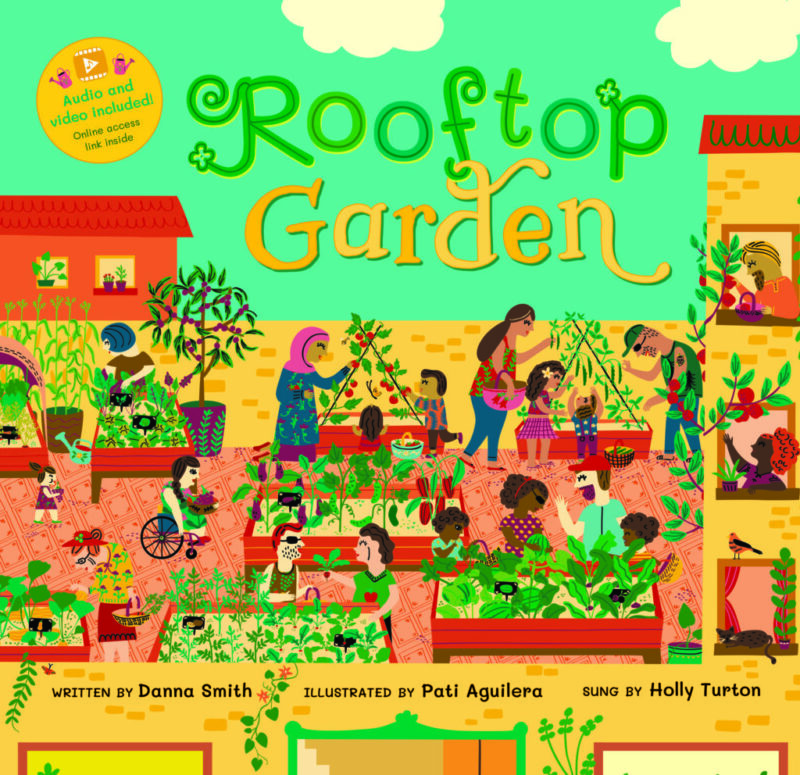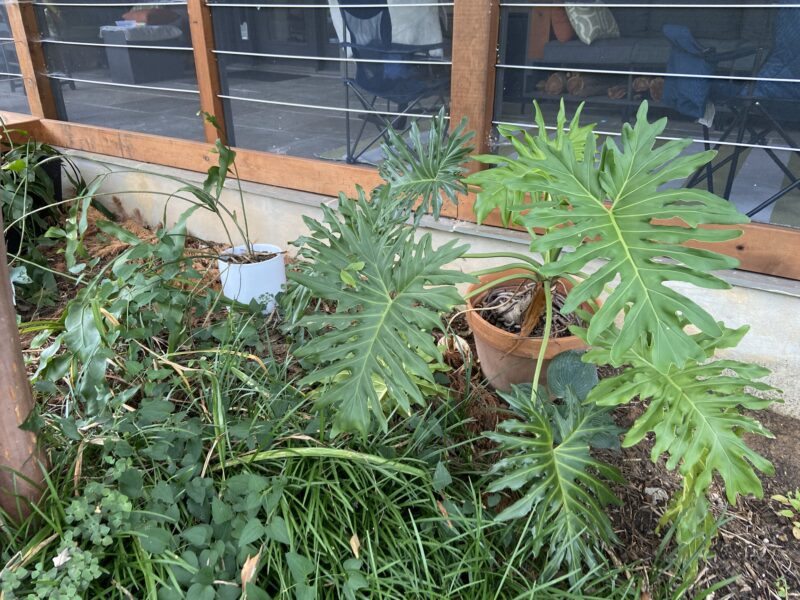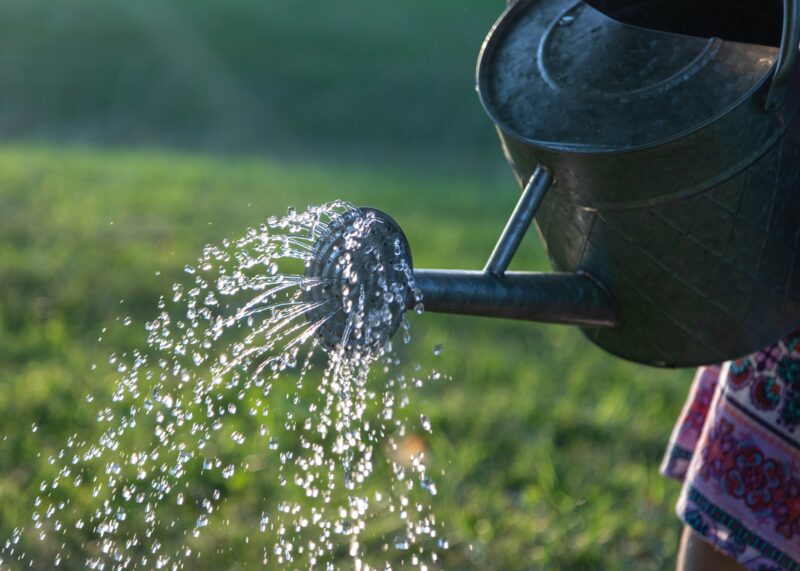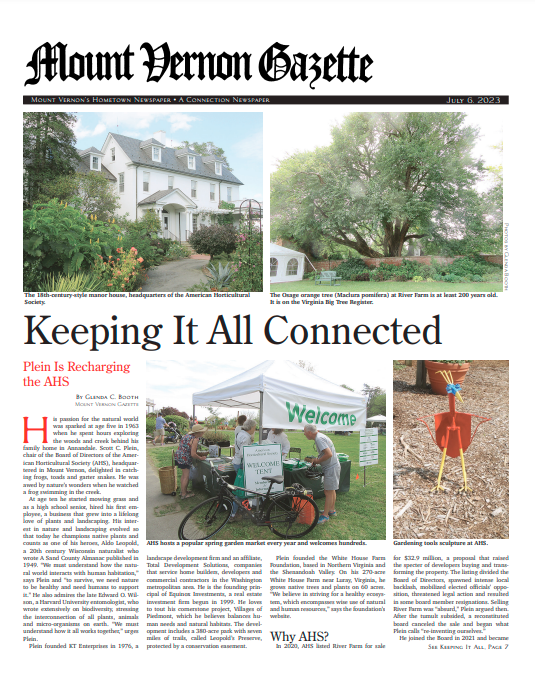Growing Good Kids Book Awards Announced!
The Junior Master Gardener Program and the American Horticultural Society honor engaging, inspiring works of plant, garden and ecology-themed children’s literature through the “Growing Good Kids – Excellence in Children’s Literature Awards” Program.
From growing strawberries to poetry for a greener world and mysterious neighborhood garden adventures, the 2023 awardees inspired our imaginations! Check out this year’s winners below, who were announced at the 2023 National Children & Youth Gardening Symposium in Knoxville, TN:

Rooftop Garden by Danna Smith
Illustrated by Pati Aguilera
(Barefoot Books)

Sun in My Tummy by Laura Alary
Illustrated by Andrea Blinick
(Pajama Press)

I Love Strawberries! By Shannon Anderson
Illustrated by Jaclyn Sinquett
(Feeding Minds Press)

Maybe You Might By Imogen Foxell
Illustrated by Anna Cunha
(Lantana)

The Garden Next Door by Collin Pine
Illustrated by Tiffany Everett
(River Horse Books)




 The easiest way to learn unfamiliar herb flavors is to chop up some fresh herbs into either cream cheese or scrambled eggs. Both are relatively neutral flavors, which wil
The easiest way to learn unfamiliar herb flavors is to chop up some fresh herbs into either cream cheese or scrambled eggs. Both are relatively neutral flavors, which wil


